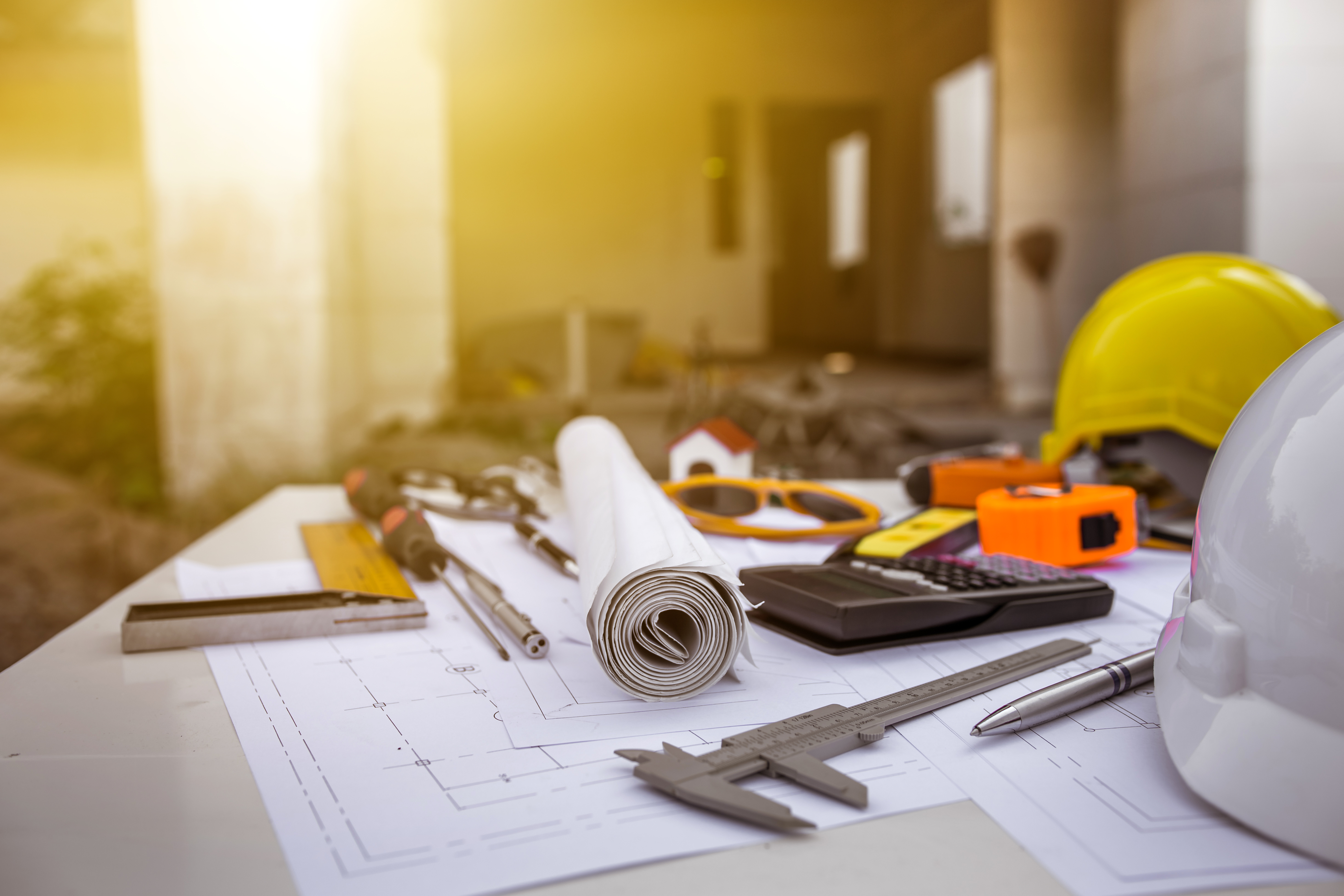Last summer, the world’s tallest modular building was completed in Singapore. Named Clement Canopy, the project features double towers each standing 459 feet tall, housing a total of 505 luxury residential apartments. For the modular construction world, Clement Canopy is quite a feat. It’s a reminder that when multi-story modular buildings are nearly as feasible as if they were stick-built. And for multi-story modular construction in the United States, SMM is a confident choice.
Experts in the field
While we don’t focus on residential construction, we’re always excited to take on multi-story projects for our commercial clients. In fact, when it comes to multi-story commercial construction, there are only a handful of contractors in the field — and SMM is among the most experienced. We’ve completed numerous multi-story commercial projects, and we’re well aware of the importance of starting with a solid foundation — literally.
Solid foundation
Especially when building up (as opposed to out), advanced planning and engineering are paramount for a building’s foundation. It needs to be able to stand up to multiple stories’ worth of construction weight. Depending on the height of the planned building, the foundation will need corresponding reinforcement, in the form of concrete and rebar. Just how much of each depends on the proposed height, but one rule is consistent no matter how tall the proposed building: the foundation’s need to be engineered properly to handle the designed building weight.
Building materials
Depending on the height of the proposed building, building materials may vary. For instance, though some modular buildings are made of recycled materials similar to wood fabrication, anything taller than three stories will require a combination of wood and steel or all steel. What’s important to understand is that if there’s a desire down the line to add onto an existing modular building (whether one additional story, or more), completing this task is not as simple as stacking newer units in place atop older ones. Remember the importance of a solid foundation. This is why we try to have conversations early on about whether or not a building will be added onto down the line.
Experienced crane operators
A final factor that’s incredibly important to mention in terms of SMM’s experience with multi-story modular units is the role that construction cranes play in the assembly of our buildings. Because modular buildings are assembled off-site and then put into place, multi-story buildings take shape much differently than stick-built buildings built entirely on site. Essentially, with modular buildings, you’re craning nearly completed units into space, which is why we partner with only the most experienced crane operators in the United States. In our decade of business, there have been no accidents — which, in crane-operated construction, happens more often than it should. SMM is proud of our safety record, and continues to hold safety as priority number one — no matter how tall (or short) the proposed building.


